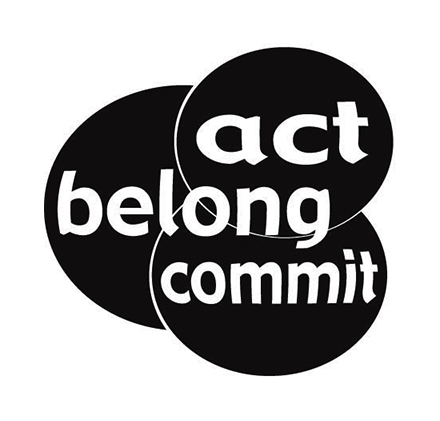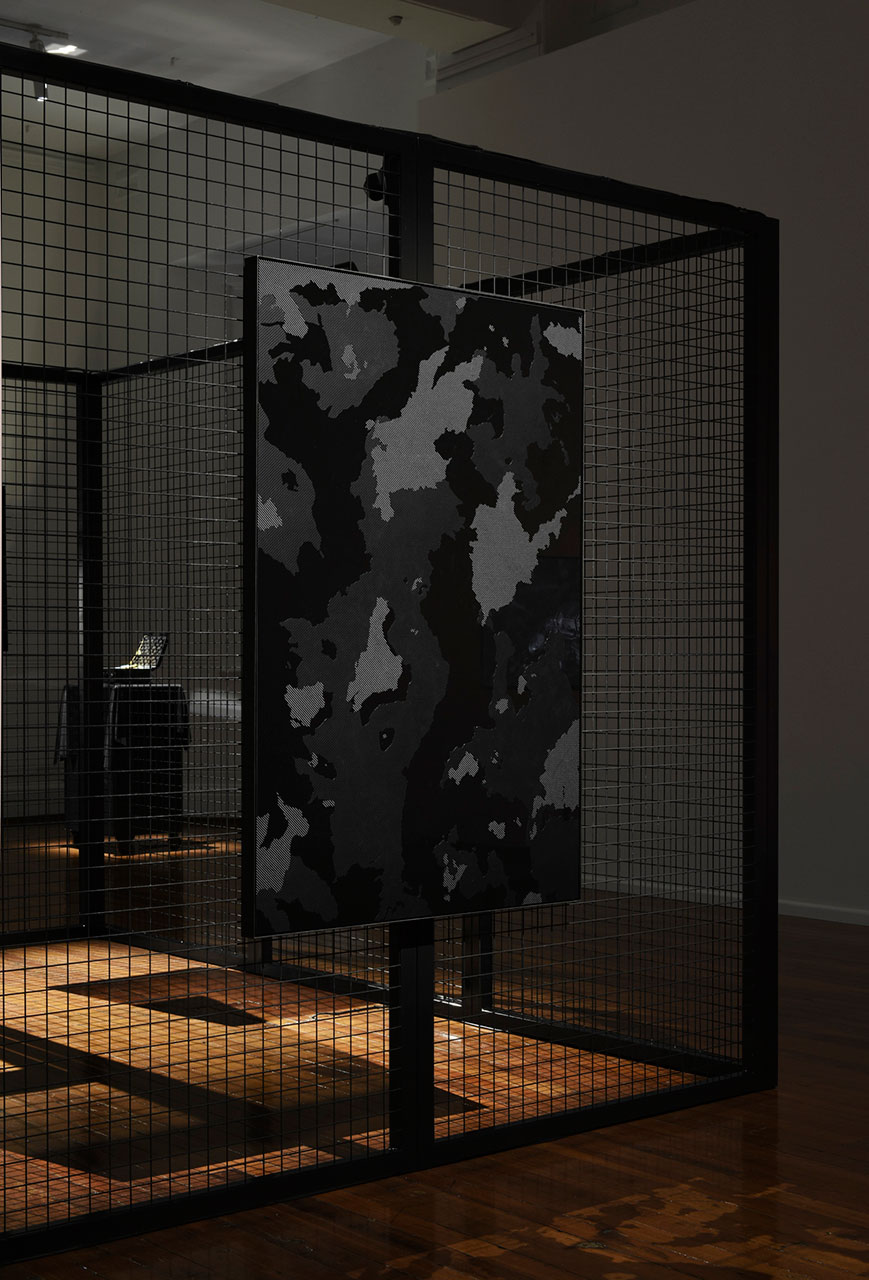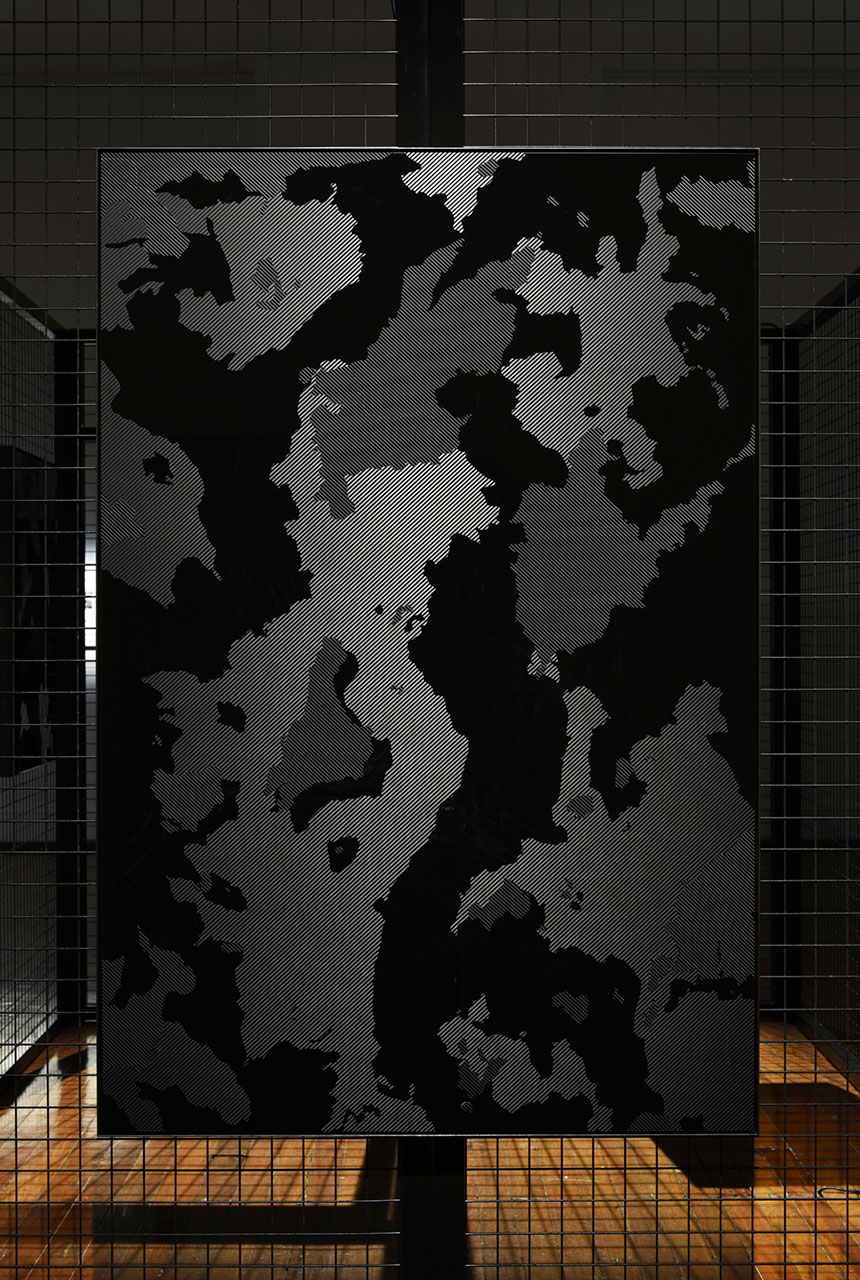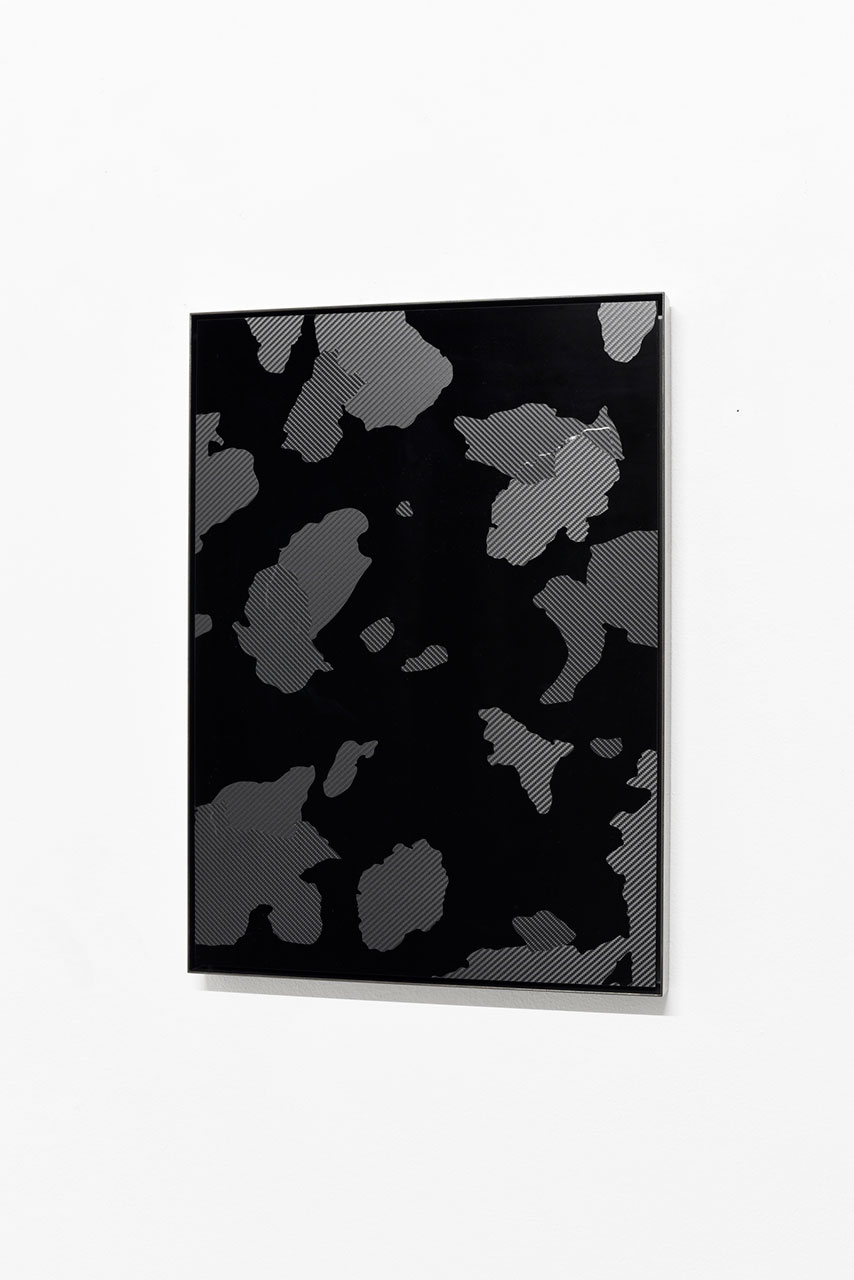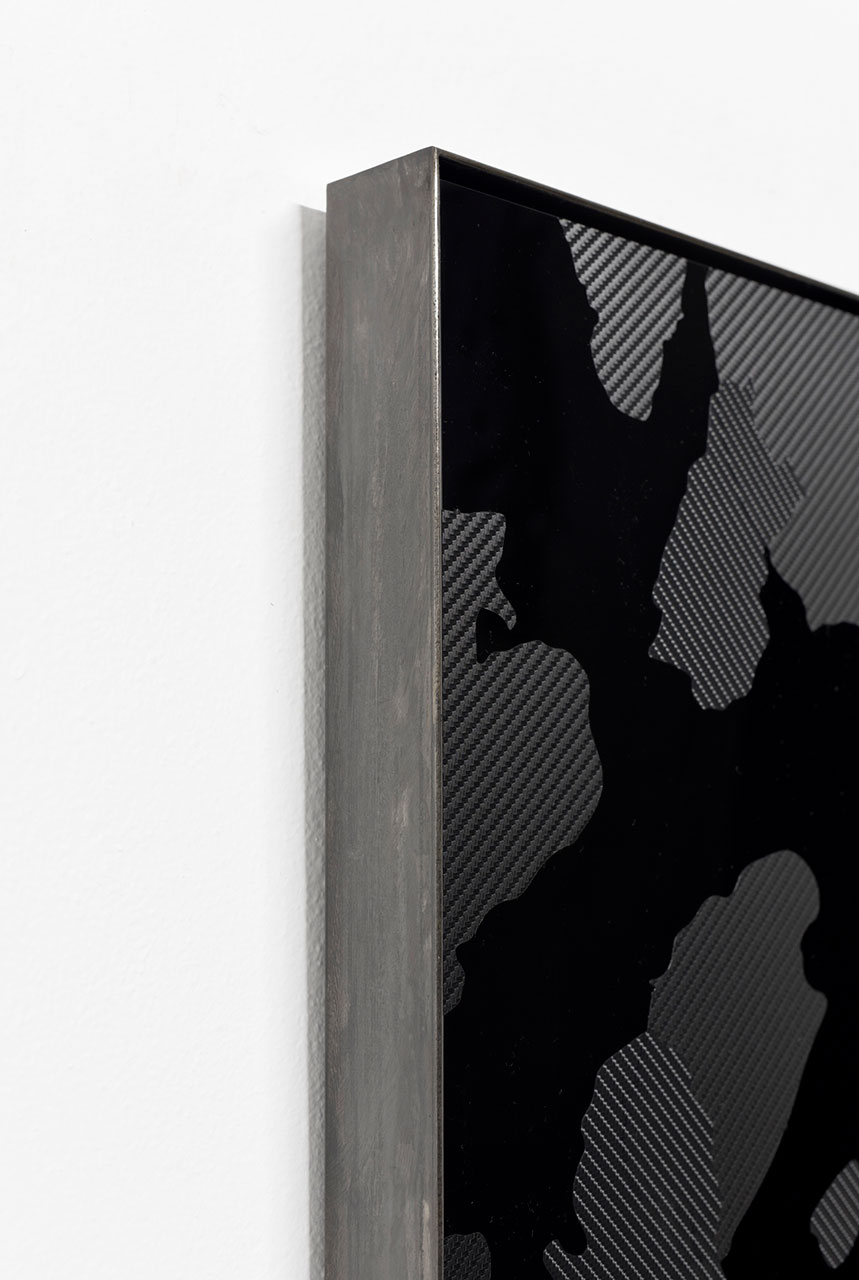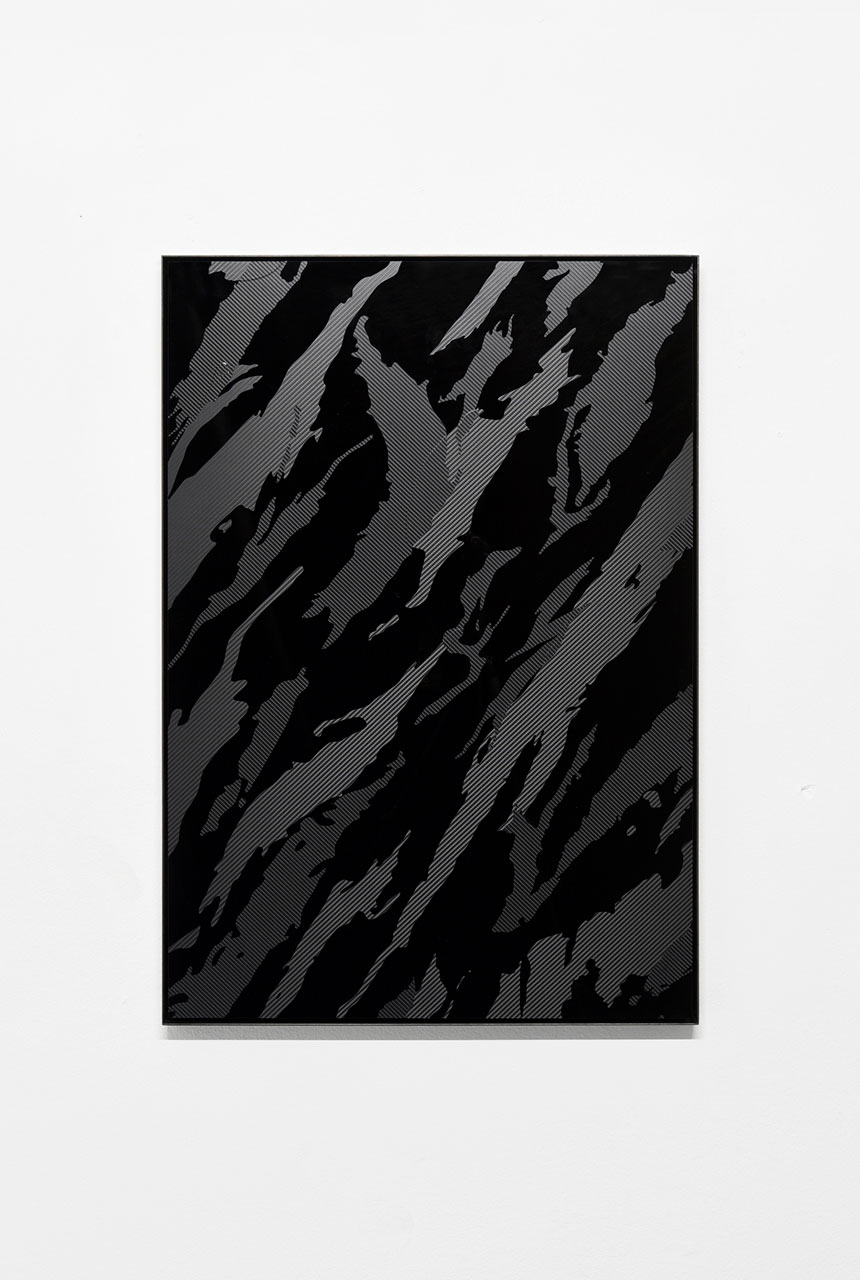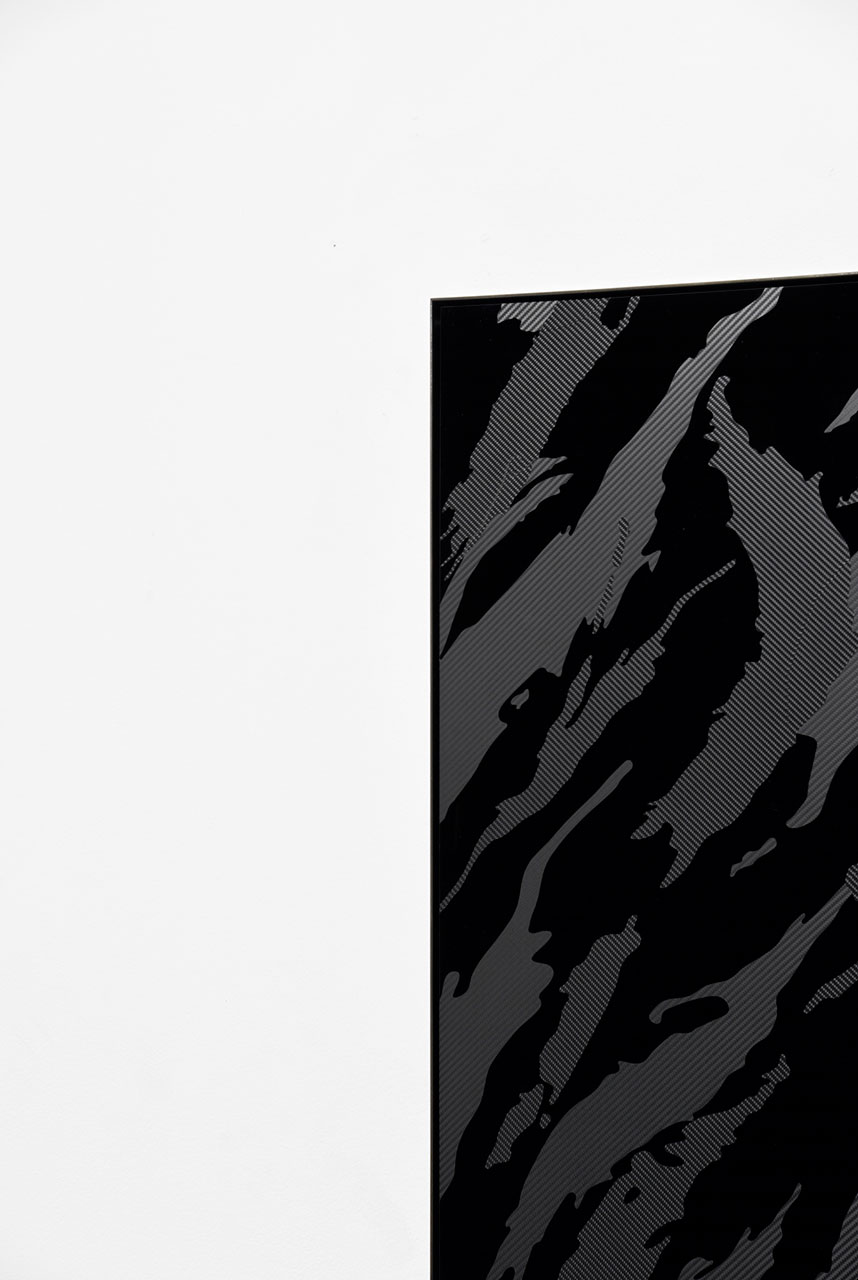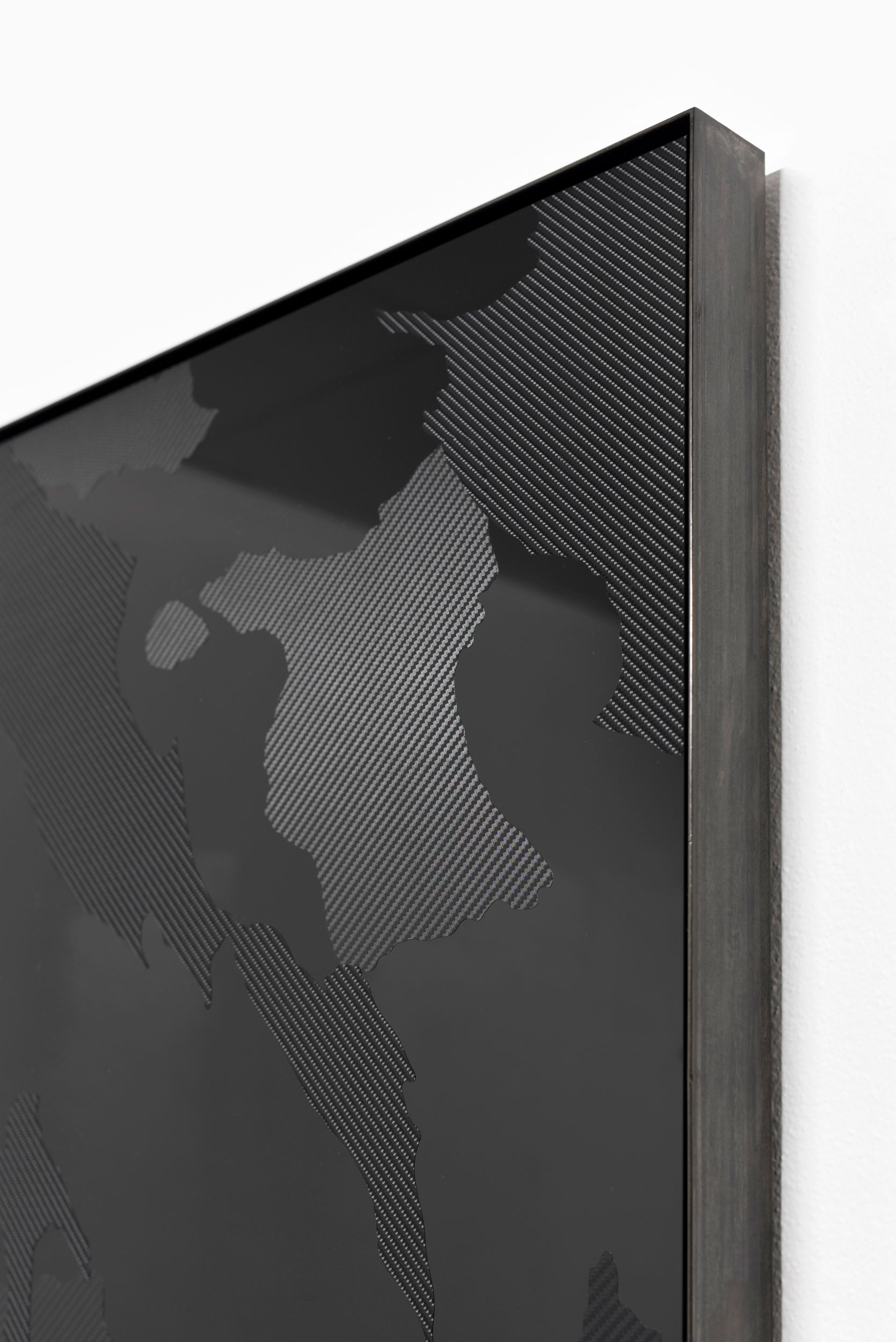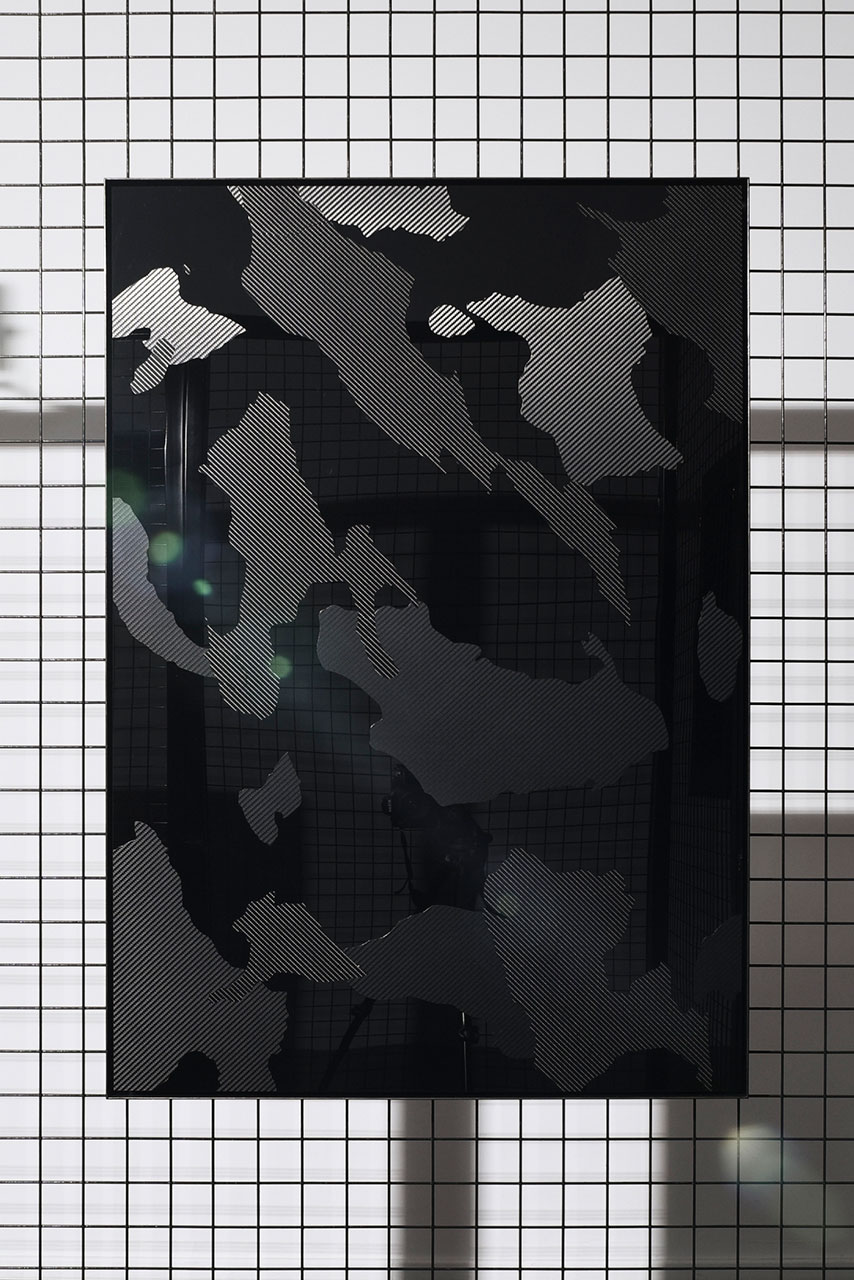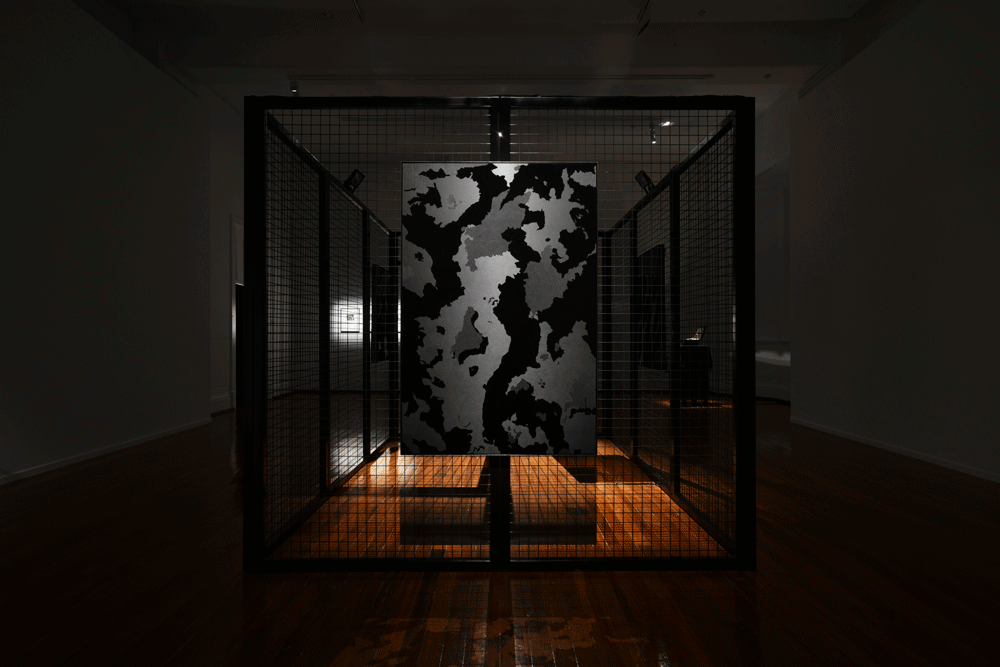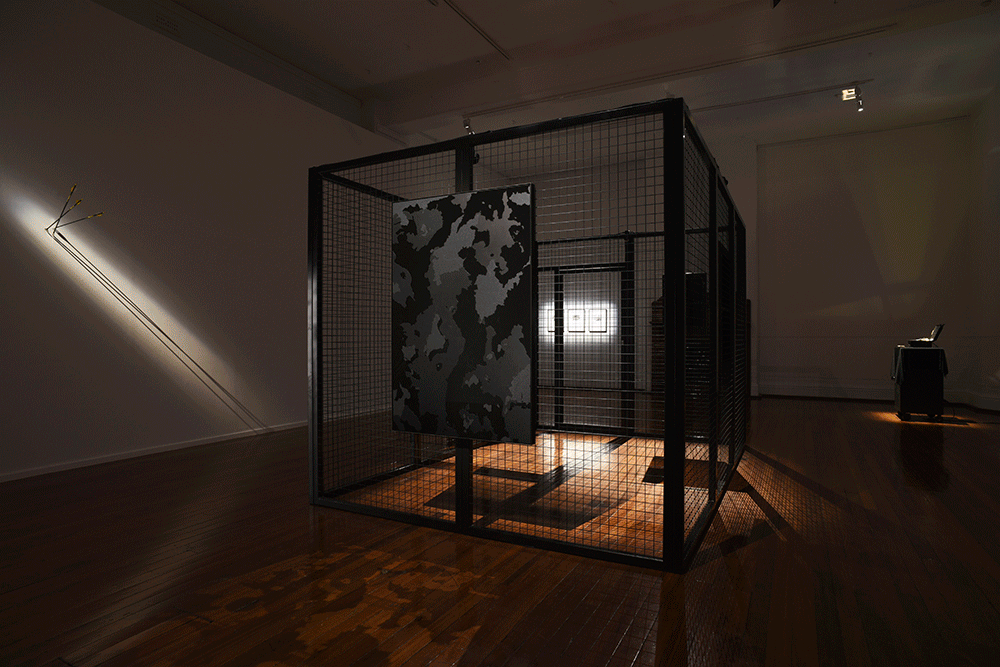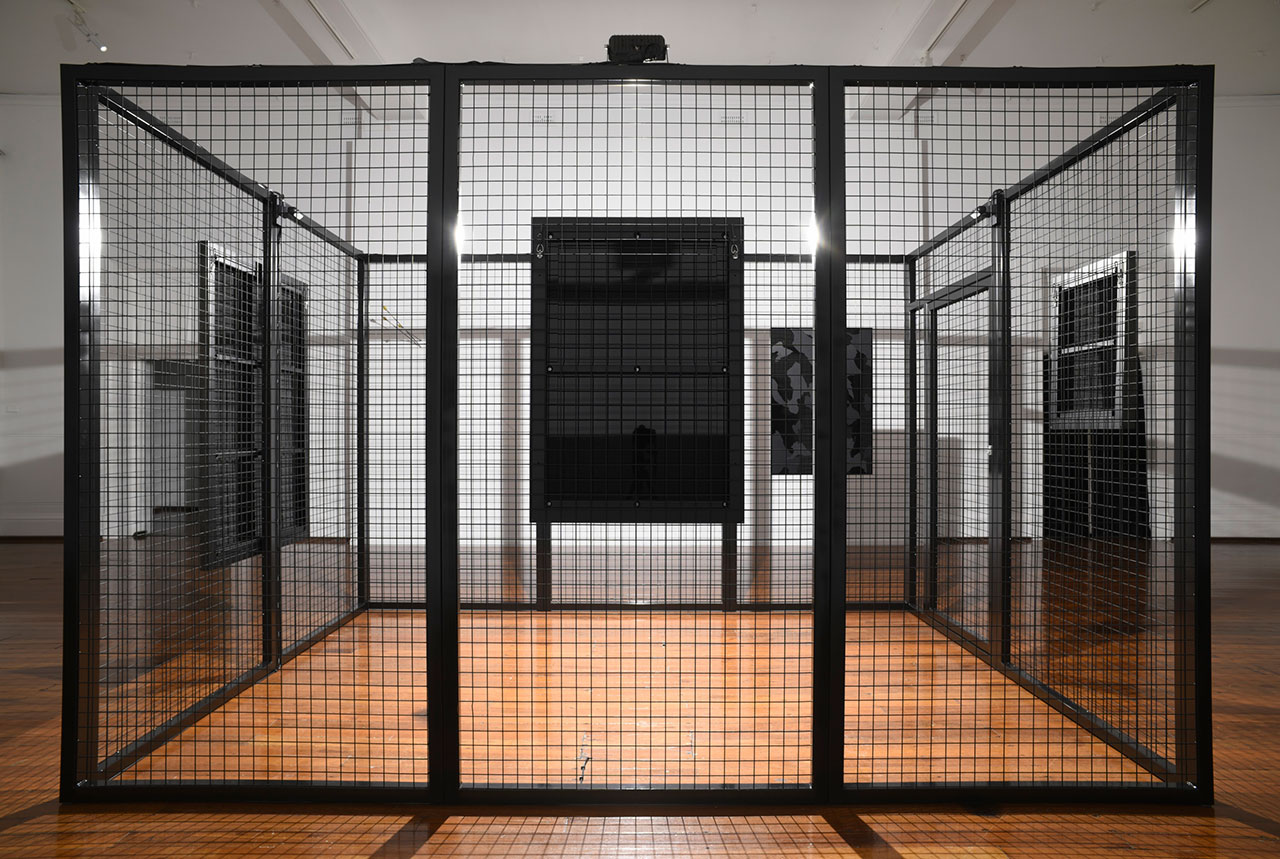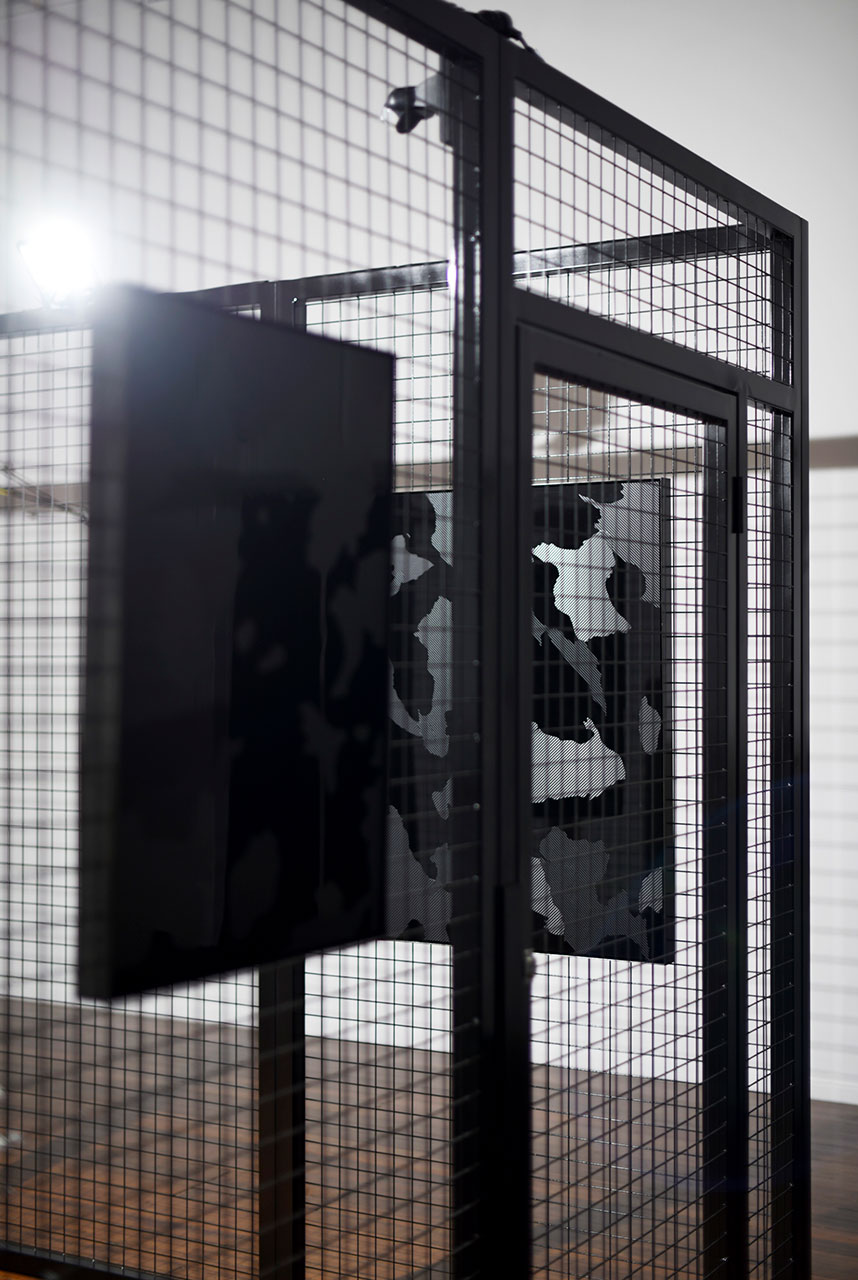The Eternal Return ///
Bradley Garrett
‘In the depth of winter, I finally learned that within me there lay an invincible summer.’
- Albert Camus
It was out there, waiting for me. Or perhaps I was waiting for it. When the disaster finally arrived, it ruptured what I always knew was a fragile accord. Still, the shock registered viscerally.
Other people’s reactions to the arrival of our invisible passenger were telling. Some saw the hand of the divine in it. Many trusted the state to quell it. Others still looked to the markets to outcompete it. A rare few, however, held confidence in nothing and took matters into their own hands, long before it arrived. Preppers – doomsday preppers as they’re called – were long ridiculed, hounded, and caricatured, but found their footing in the midst of a mere mid-level crisis. Their ‘tacticool’ outfits, food buckets, weapons, paracord jewellery, and, yes, their concrete and steel bunkers – all of which seemed to verge on parody in times of plenty – lustred in the sunset of an age brought to a close by a lipid and protein viral envelope.
A tribe of geologists have proposed that the key event marking the transition from the Holocene to the Anthropocene – an age defined by human impact – was the detonation of the Trinity atomic device in the Jornada del Muerto (Journey of the Dead Man) desert region in New Mexico at 5.29 a.m. on 16 July 1945. The beginning of this epoch is now marked visibly in the earth’s stratigraphy as a slice of radioisotopes, a subterranean stain symbolising our ability to destroy not just ourselves but the entire planet. In the years prior to the current disaster, I haven’t been able stop thinking about that narrow band, and about its future excavation. The significance of the stain would, I imagined, be reinforced by the nearby emergence of prepper artefacts in the archaeological record: the mylar bags and shell casings, the first aid kits and gold bars, the jerry cans and N95 masks; immense conglomerates bound together by perfectly preserved plastic wrap meant to retain freshness. It’s a niche fetish, imagining the gross failure of a society as humanity’s forthcoming ruin porn, where geology and archaeology commingle in a monstrous but sexy plastiglomerate cross-section.
And yet our biological shade failed to really bring this era to a head. All the junkspace superstructures we built won’t break, even under the deadly weight of a pandemic. Capitalism colonizes even negative space. We know that there’s a doomsday capitalist behind each of these future relics, a man – yes, it’s almost always a man – who’s been cashing in on our angst all along, some grotesque amalgam of Warren Buffet and a used car salesman. It’s in the interest of this savvy entrepreneur to perpetuate the dread that bolsters the bottom line and it’s hard not to imagine him on a beach somewhere in the pacific, or hunkered down in a bolthole in New Zealand, bathing in the righteousness of prescience. For him, dread was a cheap stock that took flight and boy is he cashing in.
These dread merchants market in the speculative; what they sell is a promise of a better future at a time when many aspects of our lives are unpredictable. But their pitch has a juicier existential core. Their assurance isn’t just that you’ll survive the next cosmic surprise, but that you’ll flourish during it. They sell a hopeful fantasy in which we can perform competence instead of dying from somebody’s bad decision to eat an obscure mammal or getting blown to bits in a science experiment gone wrong. In this imaginary we can re-invent ourselves, a shiny new version of a worn-out cog, now with 20% more practical expediency, forged in the blistering fires of planning, rational organization, and meticulous implementation. Our future selves, shorn of our attachment to digital connectivity, social safety nets, and bullshit jobs, would, we imagine, make things, craft things, cook things, fix things, and invent things. Homesteaders, survivalists and off-gridders have already been at it for decades. In the midst of a crisis, the political spectrum, in practical terms, manifested as a serpent eating its own tail – the Egyptian ouroboros – rather than a spectrum. For every dread merchant, there’s a thousand preppers now satisfied with their purchase, subjects of envy rather than derision after a flick of a social switch made preparation chic again.
What preppers really desired was not vindication but time, which like politics isn’t linear but circular. ‘Whatever happens has always happened,’ Marcus Aurelius wrote, ‘and always will, and is happening at this very moment, everywhere. Just like this.’ When the disaster arrived, there was an uncanny familiarity to it, a variant on relief resolving us of responsibility for relentless forward momentum. Authentic-feeling jeopardy is an integral part of the human story and we rarely touch it anymore in our part of the world – finally, preppers thought, here was ours! At last, faith would no longer frustrate the certainty of things going to shit. Faith in the church, the state, or the free market had all added up to the same thing: it absolved people from rising up to the inevitability of crisis, or, at best, encouraged people to reimagine it as an opportunity for salvation, altruism, or profit, which felt demoralising. What preppers really desired was to know, without a hint of doubt, that the present mattered. Preppers wanted to act. In doing so, they could slow, or ever stall, time, but also make the present matter again. Ironically, the only way they could do this was by obsessing over future unknowns.
We all knew, on some level, that after 5.29 a.m. on 16 July 1945, the world might just fall apart and that our hubris, desperate to rise to the challenge, might have conjured that end. We sucked up resources, we demanded more, we overproduced, overspent, and overate. We filled the planet with garbage and more people who wanted more, we created fresh pathways for paranoia and pathogens, and we watched Earth burn, flood and writhe with unbased apprehension. We knew if we didn’t slow down, we too might be wrecked by the callous, greedy, work of human hands. Who or what pulled the cosmic overflow plug doesn’t matter anymore. What matters is the affect saturating the moment, the stillness that calls for reflection. The forceful demand for reorganization rings in our ears. The planetary silence is pitch-perfect. This is what people prepped for: the invincible summer.
The calamity that preppers prophesied rearranged our perception of what social roles were essential. It’s sparked in us a newfound respect for people who can build, grow, and create with their hands. It’s rendered globalisation a drunk impulse purchase. It’s challenged us to think about how we might protect what’s most dear to us, and it’s called into question what ends up on that list. But most of all, for me, as someone who’s admittedly obsessed with thinking about the future, the disaster assured me that nothing could be more realistic than this moment.
‘Whatever happens has always happened,’ Marcus Aurelius wrote. So I sit with time now and watch it slip. Some of it is lost, much of it is muddled, and all of it is indispensably rich. I witness this mid-level event, this dress rehearsal, this sign of the times, this portend, and I’m okay with it.
Laying the groundwork for a future not filled with unnecessary friction is a time-honoured cultural practice that can no longer be discounted as paranoid or pessimistic. Disaster is inevitable. But the core of preparation doesn’t reside in the material – it dwells in a mind cultivated to ride the tide of life, death, and perpetual change. Acceptance is the purest form of preparation; the serpent eating its own tail never goes hungry.
_________________________________
Bradley Garrett, Big Bear, California, 2020




